Phillips Cycles
 Mon, October 18, 2021
Mon, October 18, 2021 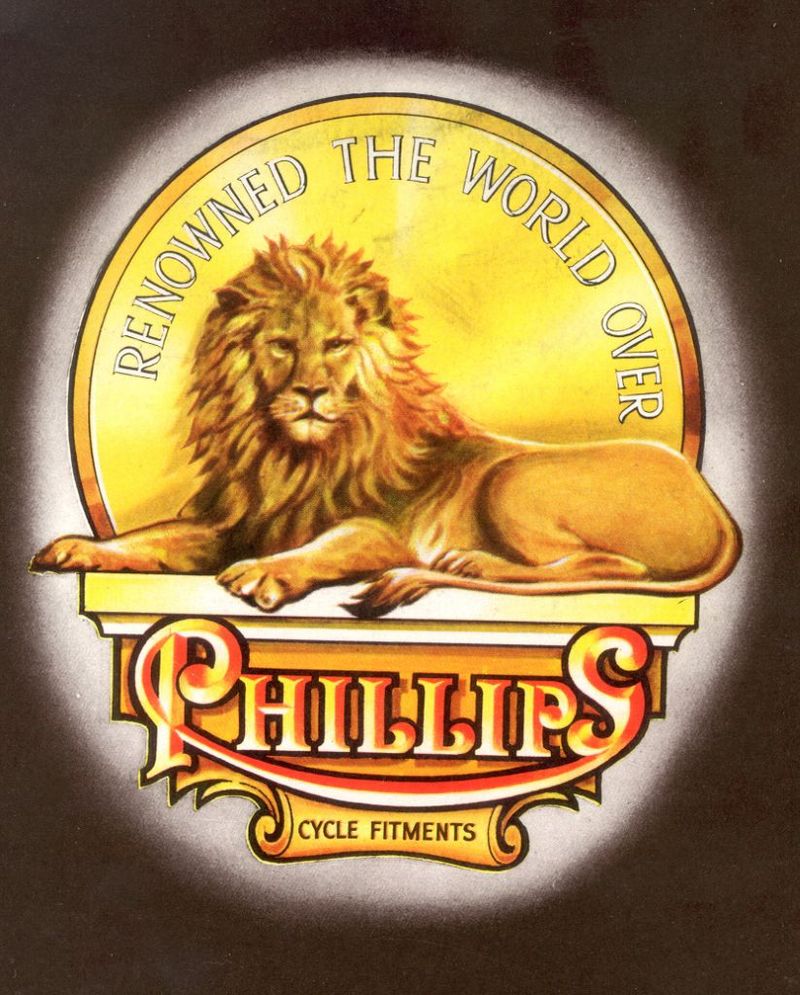 I recently came across an old Bicycle Trade Magazine dated 1952 and read an article about Phillips cycles, a large British bicycle manufacturer back in the days when Britain ruled the world in the bicycle industry, with most of the bikes being made in Birmingham, England.
I recently came across an old Bicycle Trade Magazine dated 1952 and read an article about Phillips cycles, a large British bicycle manufacturer back in the days when Britain ruled the world in the bicycle industry, with most of the bikes being made in Birmingham, England.
In 1892 two young men named J. A. Phillips and E.W. Bohle traveled from Manchester to Birmingham, and went into business making bicycle pedals. Within a few weeks with 25 employees they had to move to a larger premises. Over the next 15 years a number of moves were made, always in order to gain more space. J. A. Phillips gave his name to the company, E.W. Bohle was managing director until the early 1920s.
By the turn of the century the company was making many different bicycle components, and in 1908 they moved to what would become their permanent location on Bridge Street, Smethwick, a district of Birmingham. Three years later they produced their first complete bicycle, and by 1913 where exporting bicycles all over the world at the rate of 1,200 per week.
One year later in 1914 a fire which started in the enameling shop, destroyed the whole factory. It took six years to rebuild and to get back into their former rate of production. The company prospered once more, and by the end of the 1920s the company could proudly say that they sold bicycles in every country of the world with the exception of Russia and Japan.
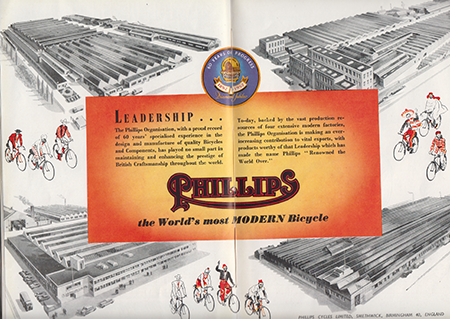 Ad from British Cycles and Motor Cycles Overseas. Aug-Sept 1952
Ad from British Cycles and Motor Cycles Overseas. Aug-Sept 1952
By 1935 the company opened another factory a half a mile away in Downing Street, Handsworth. The Phillips Company continued to expand until the outbreak of WWII, when in common with the rest of British industry they switched from bicycles to manufacturing munitions and various gun parts.
They produced twenty-millimeter Oerlikon shells at the rate of 81,000 per week at one stage and throughout the war a staggering 89,000,000 shells were produced. They also made Sten gun barrels at the rate of 4,000 per day, and parts for anti-tank guns.
The factory was hit by German bombs at one time, and three acres of the factory roof was blown off, but in six weeks full production was restored. After the war in 1946, the Phillips Company bought another factory that had been a wartime munitions factory in Newtown, Montgomeryshire in Wales.
Phillips Cycles would have probably been at the peak of their success, as production would have been at its highest in 1952 when the magazine article that prompted this piece was published. The company had survived a fire, the Great Depression, and WWII to become the second largest bicycle manufacturer in the UK.
Today the name will be unknown to most but for a few collectors and as a distant memory in the minds of a few old-timers like myself. The bicycle industry World-wide saw a rapid decline though the 1960s and 1970s. As post war economies prospered and the production of automobiles increased, so too the demand for bicycles decreased.
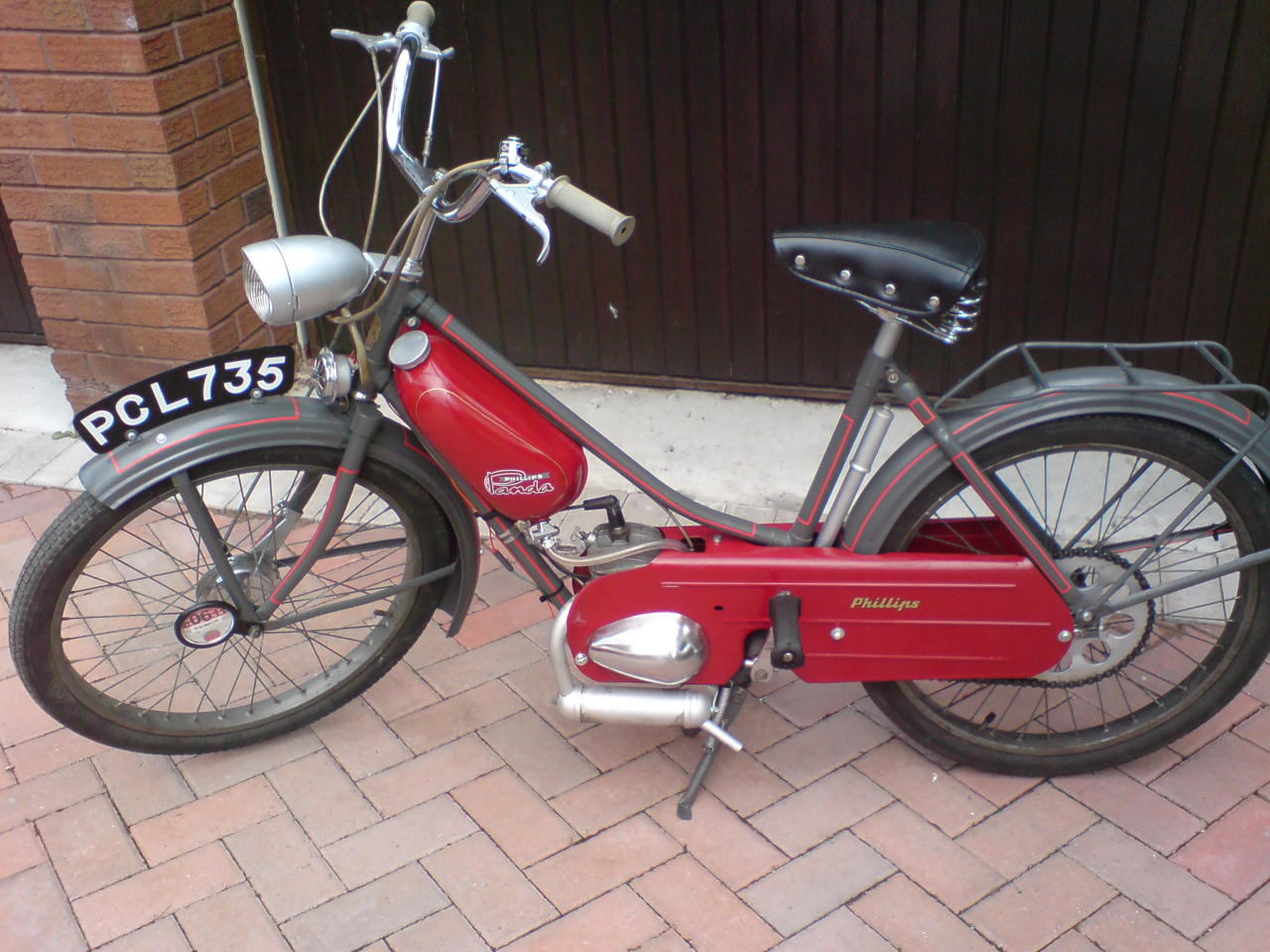 Like many bicycle manufacturers, Phillips did venture briefly into moped production in 1960.
Like many bicycle manufacturers, Phillips did venture briefly into moped production in 1960.
During this period, it was only in third world countries that the masses used bicycles as transport, and by then they were producing their own rather than importing them.
Like so many other UK bicycle brands they were eventually taken over by Raleigh Industries in the early 1980s, (The largest remaining bicycle company.) and soon after the Phillips name disappeared. Raleigh itself is a part of the Tube Investments Group.
A short Wikipedia entry does say that the Phillips name is licensed by Raleigh and the brand is still produced and is known in China, India, and other far eastern countries. So, in a small way the company slogan of, “Renowned the world over,” is still somewhat valid.


















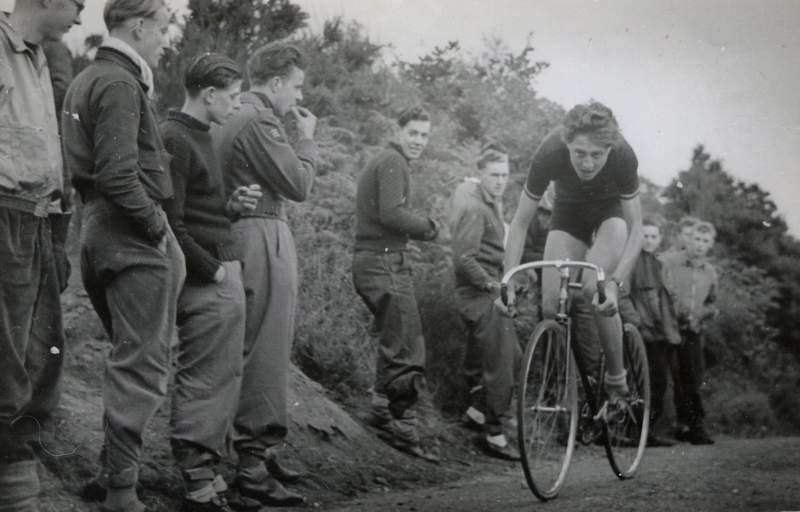
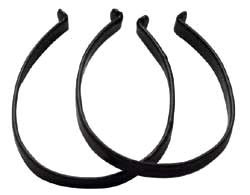
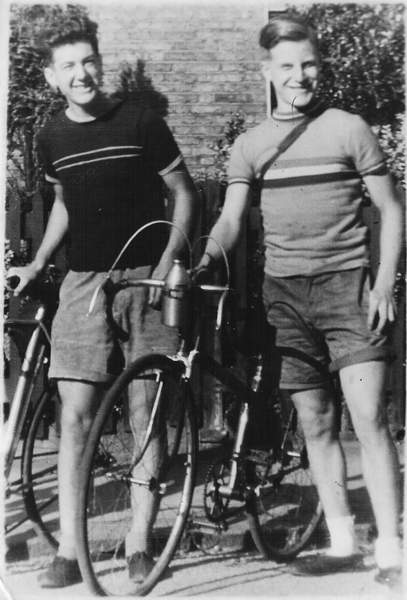
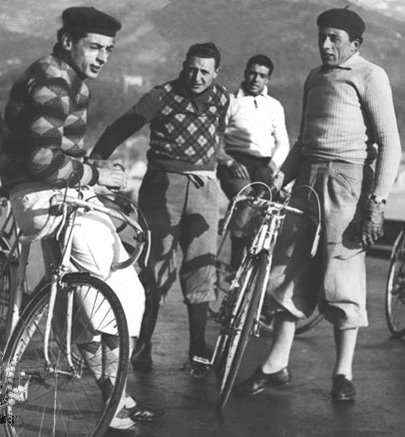








What if the automobile had come first?
What if the bicycle had never been invented in the late 1800s, would engineers come up with a similar design today? Even if they did, I doubt it would be taken seriously as a viable form of personal transport.
The bicycle came into being at a time when the only other form of personal transport was the horse. These animals were not only expensive to buy, they needed feeding and housing. Working class people could not afford horses.
However, once the bicycle had been invented, and a few years later mass production put this new machine within reach of the poorer classes it became a revolutionary form of personal transport. Many forget that the automobile came later and eventually replaced the horse as the wealthy person’s transport of choice.
I often wonder, what if the automobile had come first? The poorer working classes would have continued living in cities where they could get to work either on foot or by rail or other form of public transport.
The bicycle had less of an impact on America’s history, because in the US it was the automobile that became affordable due to mass production, and the luxury of plenty of space led to urban sprawl, and the suburbs.
In the UK and other smaller European countries, it became viable for a working class man to live in a rural area, and cycle 5 to 10 miles to work each day. The humble bike was the working man’s wheels all the way up to the late 1950s, early 1960s.
Even though commuting to work by bicycle is a hard sell today for the majority, think how much harder it would be if engineers were only just developing the bicycle now. Almost everyone can at least ride a bicycle, and most households have at least one bike in their garage.
Would today’s engineers even think of a two-wheeled vehicle? If there were no bicycles there would be no motorcycles, only four wheel vehicles. There had always been four wheel horse drawn vehicles, so it was inevitable once gasoline engines were invented the automobile would follow. Don’t forget the first autos were called “Horseless Carriages.”
The bicycle’s predecessor, the Hobby Horse came on the scene in the early 1800s as a rich man’s whimsical plaything, it only needed two wheels because its rider kept his feet on the ground. No doubt it was soon discovered that its rider could lift his feet clear of the ground and remain balanced when coasting downhill.
What has always amazed me is that it took until towards the end of the 1800s for someone to attach a simple foot crank to the front wheel and it became a bicycle.
I started out by mentioning that before the bicycle the only form of personal transport was the horse. I am sure ever since men rode horses, children pretended to ride horses astride a stick picked up from the ground.
When the wheel was invented, model horses with wheels were made as children’s toys, from this came the adult version in the 1800s. The Hobby Horse was a pretend horse, and from that came the bicycle. The bicycle evolved, rather than it was invented, it was certainly not invented by any one person.
It is one of the simplest and most efficient machines that humankind has ever made. What I find surprising is that today almost 200 years later, engineers are still asking, “How does its rider balance, and how does it steer?” The bicycle still raises more questions than answers.
I for one doubt very much that today’s engineers, even knowing about gyroscopic precession, caster action and such, would even think of building a two-wheeled vehicle for personal transport.
Even if they did, consumer agencies would no doubt deem it too dangerous and take steps to ban its use. I am glad that the bicycle came first and then the automobile, it may not have even happened the other way round.
What do you think? Just a little food for thought for you to munch on.